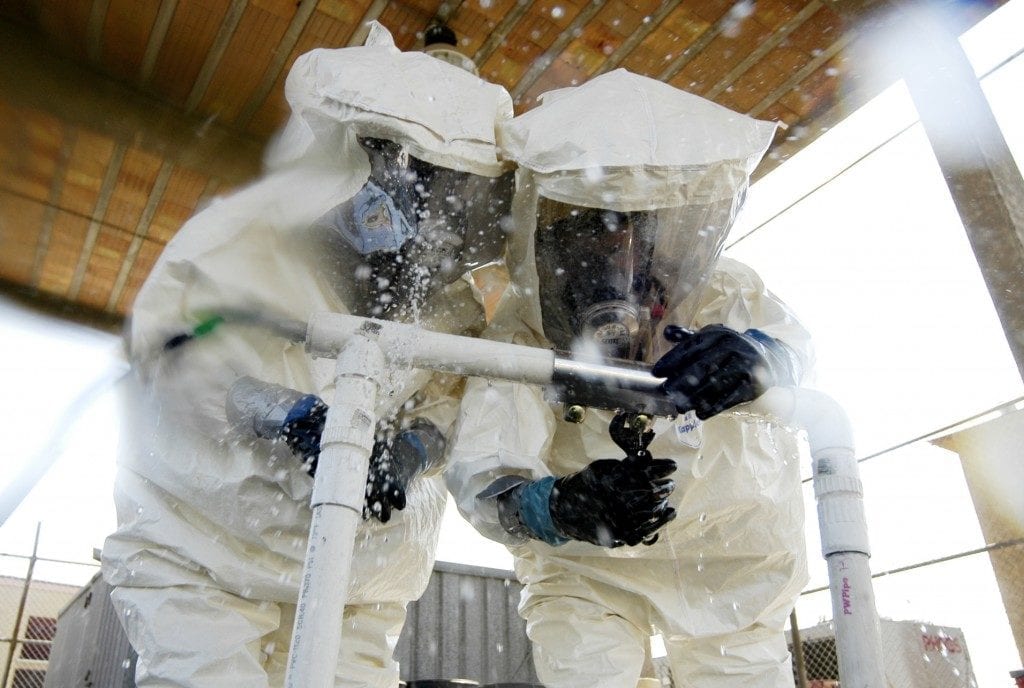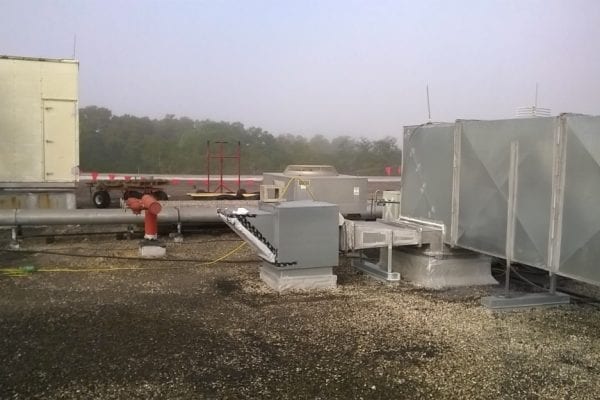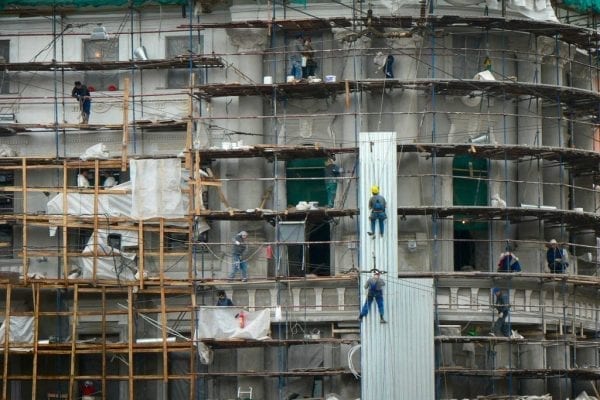Investors, owners, and banks know that a Property Condition Assessment (PCA) is a must on every new commercial property purchase. Increasingly, these individuals are likewise recognizing the limits of the PCA to fully cover their potential liability. Along with reserve tables and code compliance reviews, many have begun to add the hazardous building materials assessment to their due diligence. Here are five reasons to do the same.
1. The Presence of Hazardous Building Materials Increases the Cost of Renovations
Whether you plan to renovate immediately, change the property’s use, or simply want to understand the cost of maintenance and renovations down the road, a hazardous building materials assessment gives you critical information. Asbestos, lead paint, silica, PCBs, and mercury are among the most common hazardous materials that impact the cost of renovations, and even new buildings are likely to contain one or more of these materials. It pays to know which ones and how much of it is present, as well as what the likely remediation costs will be.
2. Some Materials May Make the Property Unsuitable for Certain Purposes
Lead paint is usually only a problem when you disturb it, due to renovations. However, its presence can make the property unsuitable for use, particularly by child-occupied facilities such as hospitals, child care, and residential developments. If you plan to use the property for any of these purposes, it’s good to know in advance whether you’ll have an immediate problem to deal with.
3. Other Materials May Make the Property Unusable for Any Purpose At All
Mold can grow for years undetected, until the building changes hands and becomes occupied by that one sensitive individual. Suddenly, remediation becomes the problem of the new owner, even if the mold has been there for years. It’s also possible for hazardous materials that were previously contained to deteriorate and become a problem more or less on their own. For example, we did extensive remediation on the Ringling mansion, Ca d’Zan, after it was discovered that rats had disturbed asbestos-containing materials. The dust had been disbursed through the HVAC system, and coated every surface in the building. Remediation cost the property owner millions of unbudgeted dollars, and was required before any use of the facility could proceed.
4. Improperly Disposed Materials Can Become Your Problem At Purchase
The presence of barrels, cans, bottles, or other containers of hazardous materials can become an environmental problem after the purchase. Current law holds that hazardous material disposal liability stays with the property—meaning that even if you did not create the situation, you are responsible for remediating it if you own the property. Further, undetected containers of hazardous material can deteriorate over time and create a larger environmental problem that will be even more costly to remediate. Knowing about the materials before you make the purchase allows you to remediate earlier rather than later—or to require the seller to perform the remediation.
5. Discovering Hazardous Materials Presents an Opportunity to Negotiate More Favorable Terms
Discovering the presence of hazardous materials on a property is not usually a deal-breaker. Instead, having a thorough understanding of the building’s hazardous materials liabilities gives the buyer an opportunity to renegotiate terms to ensure they receive the good value for their purchase. In the event that the purchase decision proceeds with the expectation of renovations, lenders can often increase the value of the loan in order to cover the true cost of those renovations.
Whether you’re a buyer or a lender, a hazardous building materials assessment just makes sense. You can talk to one of our assessment experts right now, or read more about hazardous building materials during renovation here.






